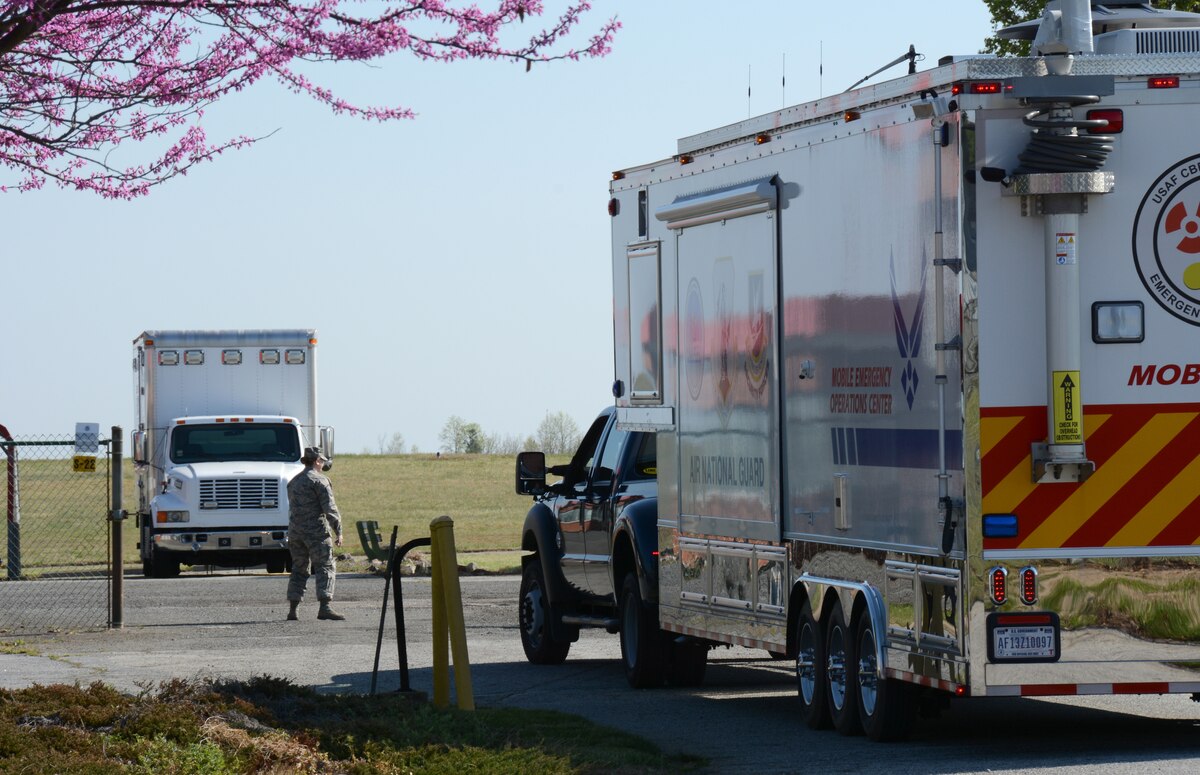If you’ve ever encountered the question, “Which of the following is an EOC function?” and are seeking answers, you’re in the right place. This question typically comes with multiple options to choose from.
- All of the above
- Providing coordination and policy direction
- Coordinating plans and determining resources needs
- Collecting, analyzing, and sharing information
Which of the Following Is an EOC Function? The answer to the question is ‘All of the above.’
In times of emergency, an Emergency Operations Center (EOC) plays a vital role in coordinating plans, analyzing information, and providing policy direction. It serves as a central command and control facility, responsible for managing emergency preparedness and disaster management functions at a strategic level.
Unlike field assets that handle tactical decisions, the EOC focuses on strategic direction and operational decisions. Its main functions include collecting, analyzing, and sharing crucial data to protect lives and property, ensuring the continuity of operations within legal boundaries, and disseminating decisions to all relevant agencies and individuals.
Specifically, in the context of public health emergencies, a Public Health Emergency Operations Center serves as a physical or virtual space where designated emergency management personnel come together to coordinate resources and information for managing public health events and crises effectively.
To meet the requirements of the International Health Regulations (IHR 2005), many countries are establishing or improving their EOCs. These centers are crucial for promptly and effectively responding to public health risks and emergencies of international concern, addressing health-related consequences arising from various hazards. By enhancing communications and coordination, EOCs strengthen the overall public health response capability.
How does Emergency Operations Center works?
Emergency personnel undergo training in Incident Command and are assigned specific roles and responsibilities. The Emergency Operations Center (EOC) adopts the Incident Command System (ICS) as its command-and-control structure. The EOC is structured into five sections, each playing a critical role in managing operations during emergencies:
- Management Section: This section, under the guidance of the EOC coordinator, holds overall responsibility for managing and directing all EOC activities. It is responsible for making strategic decisions, implementing plans, and reviewing the overall direction of the EOC. The Management Section collaborates closely with the Emergency Policy Group (EPG) to ensure that strategic direction is effectively implemented in EOC operations.
- Operations Section: Representing on-scene emergency responders, this section facilitates coordination between the EOC and field operations, including the Incident Command Post (ICP) where actions are taking place.
- Planning and Intelligence Section: This section is in charge of receiving, evaluating, and analyzing disaster-related information. It provides regular status reports to EOC management and field operations. Additionally, the Planning and Intelligence Section conducts damage assessments and develops specialized technical assessments of events.
- Logistics Section: Responsible for procuring necessary supplies, personnel, and material support for emergency responses, the Logistics Section handles tasks such as personnel call-outs, equipment acquisition, lodging, transportation, and food arrangements.
- Finance and Administration Section: This section manages cost accountability, purchase authorizations, documentation, and risk assessment related to emergency operations.
To manage the specific functions within each section, units and branches are established, overseen by EOC section chiefs who report directly to the EOC coordinator or the campus emergency director. The activation of functions within each section depends on the scale and nature of the incident at hand. Effective coordination and implementation of responsibilities within each section are vital for a well-organized and successful emergency response.
EOC Team members
The EOC Team is made up of professionals that are in charge of running and managing the disaster Operations Center during disaster response operations. The EOC Team’s makeup can vary based on the nature and scope of the incident. In certain cases, the EOC Team is already identified and trained, whereas in others, individuals with specific skills and knowledge may be called upon to join the team as needed.
Multiple staff members within the EOC Team may be allocated to the same role to ensure continued operations during protracted incidents. During protracted emergencies, this cycle allows team members to take breaks and recuperate while still maintaining a working EOC.
Benefits of an Emergency Operations Center
An Emergency Operations Center (EOC) is highly valuable because it enables fast and organized responses to emergencies. It serves as a central hub where personnel from various organizations and agencies can work together, making decisions and coordinating their efforts. This teamwork reduces confusion and ensures that resources are swiftly directed to where they are needed most.
Moreover, the EOC plays a crucial role in lessening the impact of emergencies. Through efficient coordination and clear communication, the EOC can help minimize the damage caused by an emergency situation.
Another significant benefit is that the EOC enhances the safety of responders and the public. By providing a structured approach, the EOC reduces chaos and ensures that responders can swiftly and safely address the emergency. This, in turn, safeguards the well-being of both responders and the general public during times of crisis.






